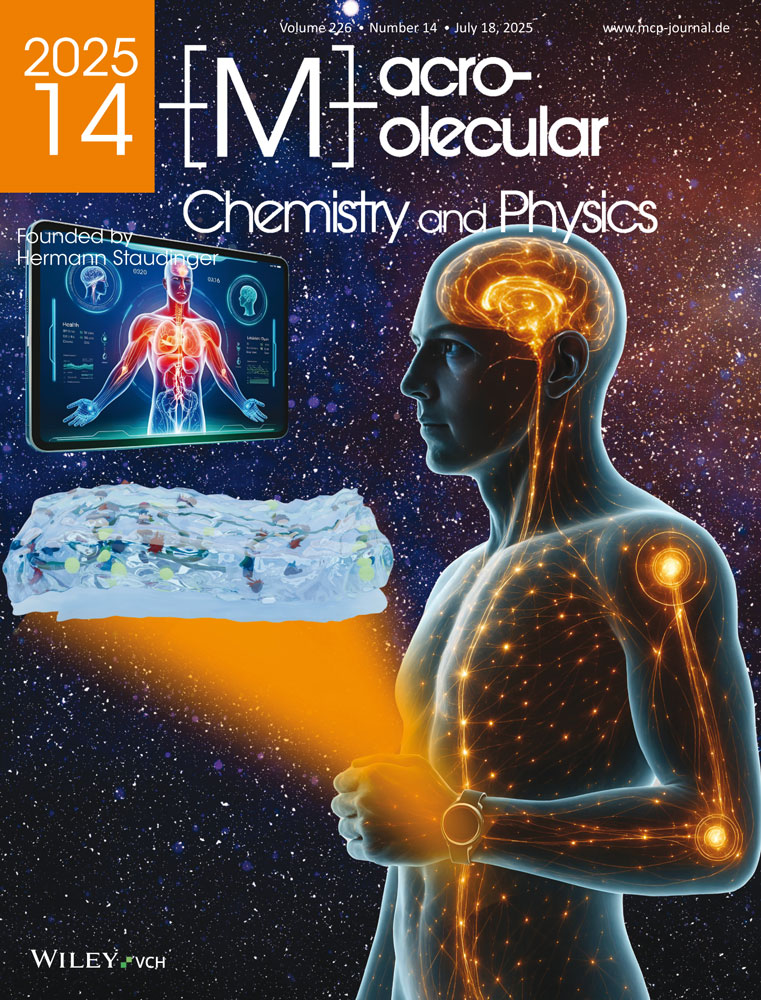New catalytic systems for the fixation of carbon dioxide, 2.† Synthesis of high molecular weight epichlorohydrin/carbon dioxide copolymer with rare earth phosphonates/triisobutyl-aluminium systems
Part 1: cf. ref.8.
Abstract
Copolymerization of carbon dioxide with epichlorohydrin to synthesize high molecular weight chlorine-containing poly(carbonate-ether) with RE(P204)3Al[CH2CH(CH3)2]3 (with RE = La, Eu, Gd, Dy, Ho, Nd, Er, Yb, Lu, Y; P204 = (RO)2POO, R = CH3(CH2)3CH(C2H5)CH2) as a catalyst was carried out for the first time. The most favorable conditions for the copolymerization were: CO2 aged Y(P204)3Al[CH2CH(CH3)2]3 as catalyst; mole ratio Al/Y = 8; reaction time 24 h; temperature 60–70°C; concentration [Y] = 3,31 · 10−2 mol/L; 1,4-dioxane as solvent. The highest yield, intrinsic viscosity [η] and CO2 content of the copolymer obtained reached 3 945 g per mole of rare earth element, [η] = 1,49 dL/g and f(CO2) = 30 mol-%, respectively. Results from differential thermal analysis/thermogravimetry showed that the copolymer has high thermal stability and decomposes at 320°C.




